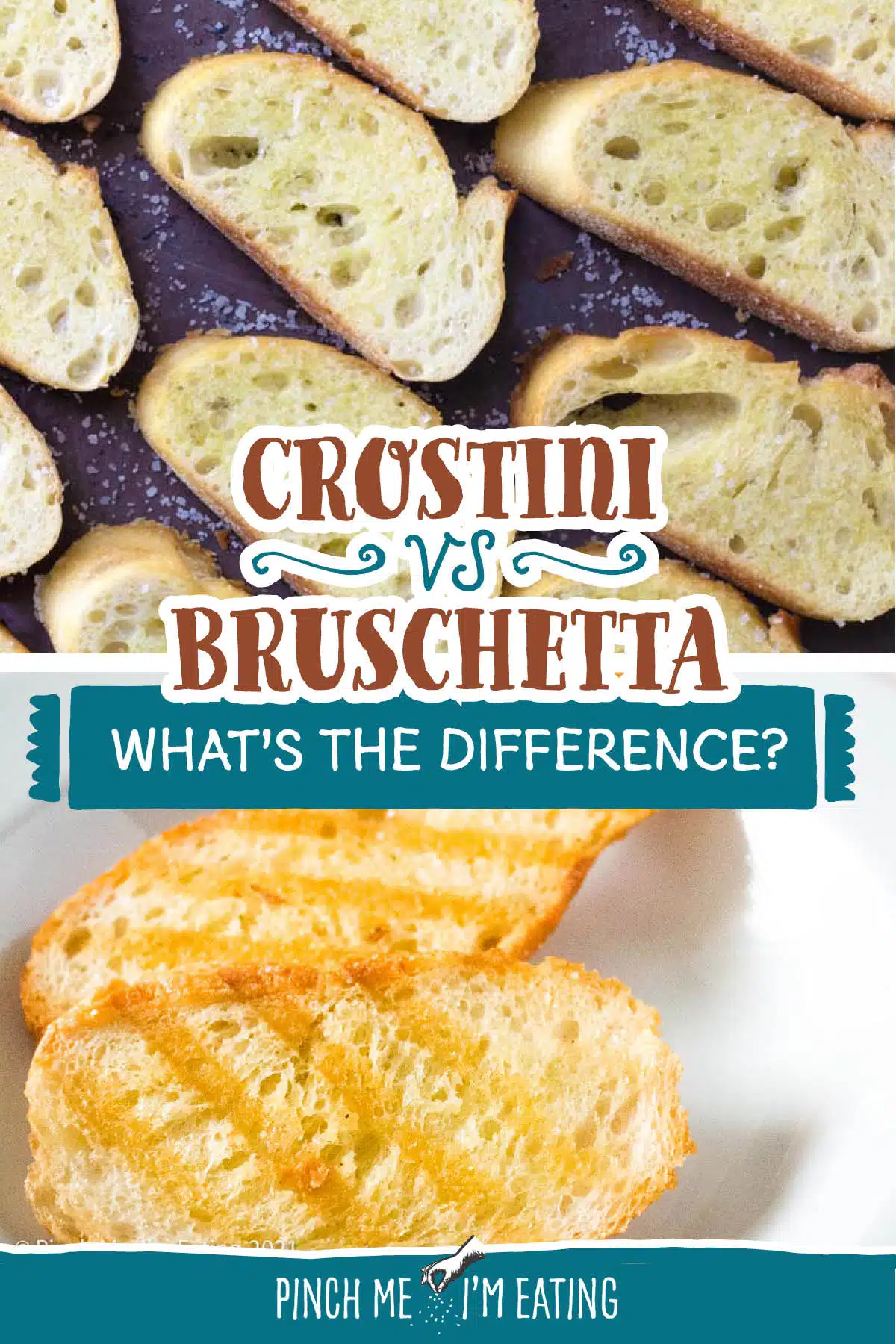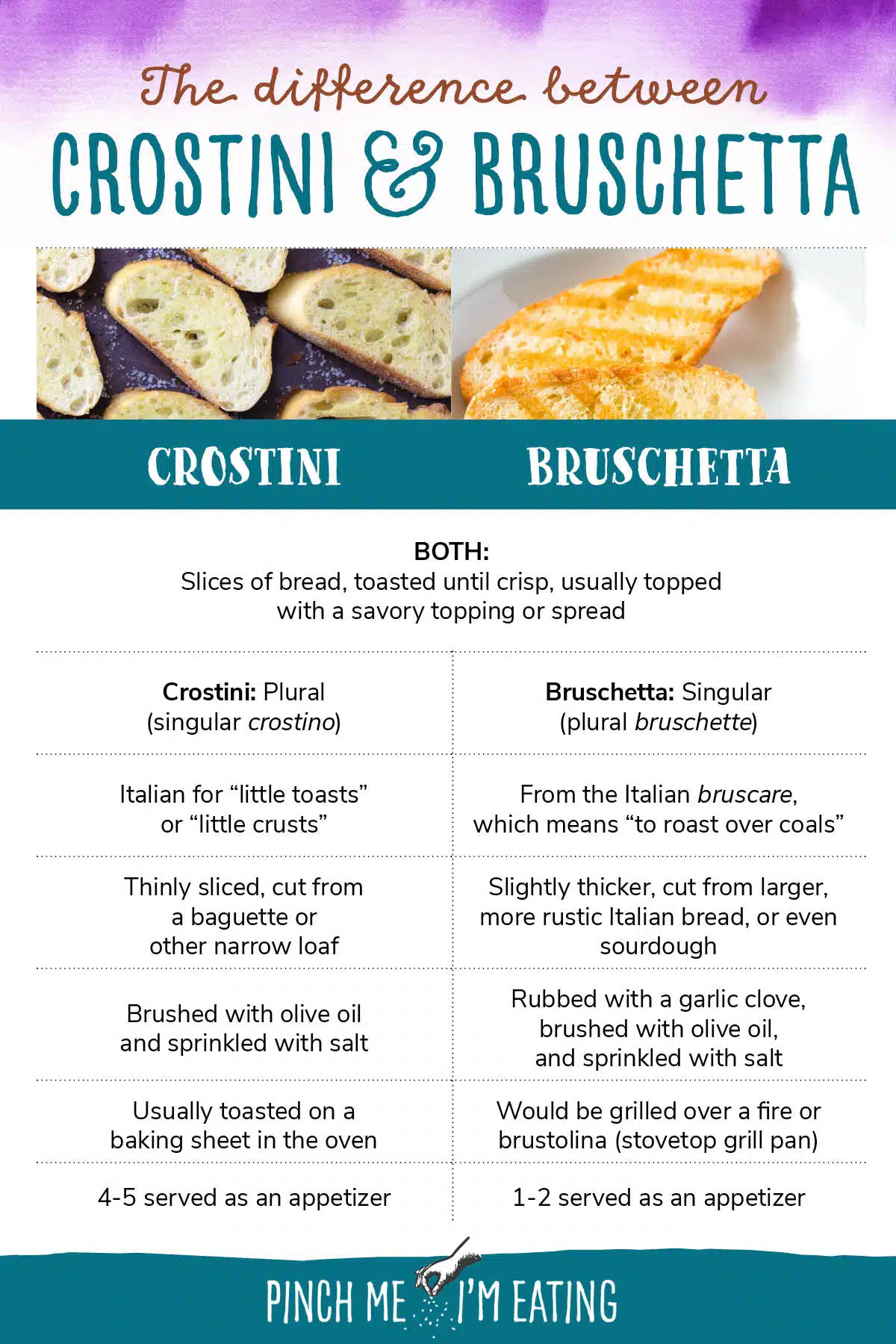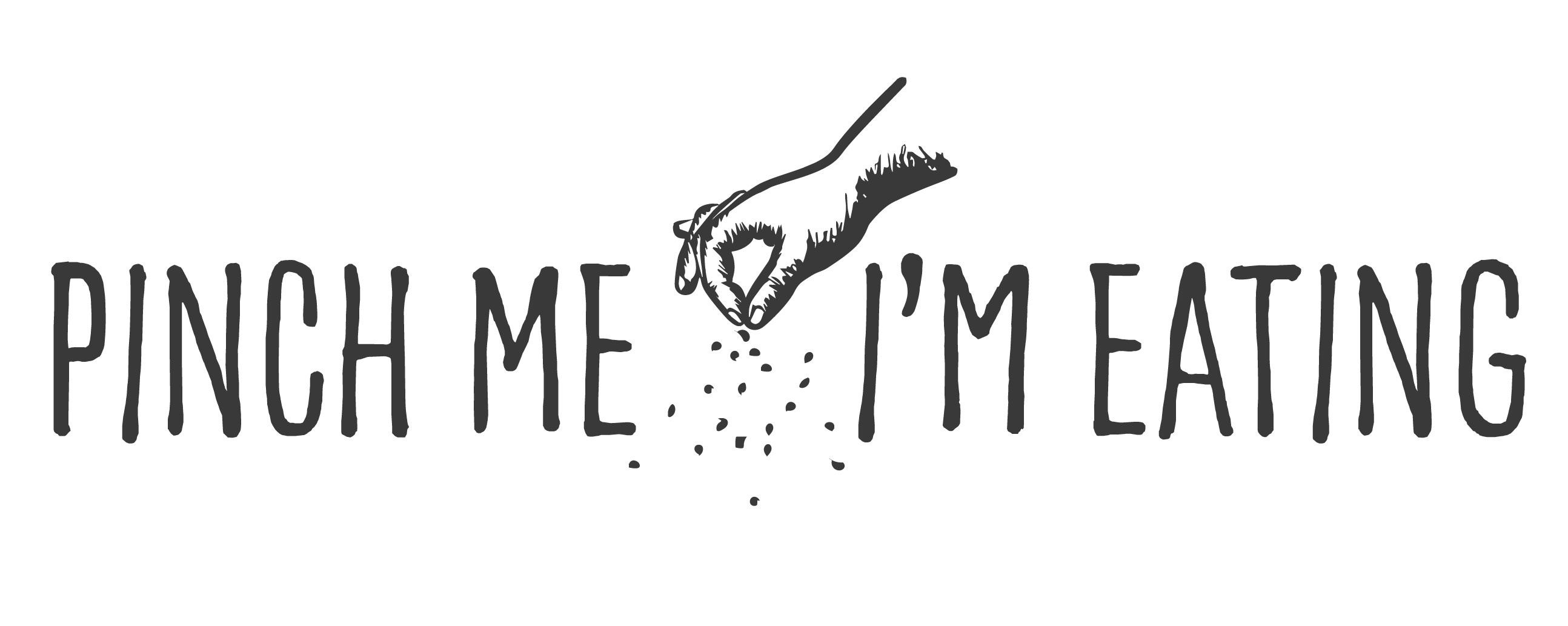Crostini vs. Bruschetta: What’s the difference?
Crostini vs. bruschetta: These are two terms often used interchangeably, but they’re actually not the same thing! In this post, you’ll learn the differences between these popular toasts used in so many Italian appetizers!
Learn how to make the perfect crostini here.

Give me crostini or give me bruschetta: I’ll be happy either way. I could eat these savory appetizers every day and never get tired of them, since the topping possibilities are endless!
But are they the same? Not exactly.
Crostini and bruschetta are very similar, so much so that many people use them interchangeably. Truly, these crisp bread slices have more in common than not. After all, they are both Italian in origin, and are essentially the same substance: toasted pieces of bread, usually topped with something savory and delicious.
RELATED: 52 Showstopping Crostini Recipes to Make This Year
You can use them interchangeably and I won’t be mad. (as long as I get to taste!)
Crostini vs. Bruschetta: What’s the same?
Both crostini and bruschetta refer to:
- Thin slices of bread
- Brushed with oil and salted
- Toasted, either in the oven or grilled
- Served with savory toppings
If you have one big, grilled slice of toast with toppings on it, that’s a bruschetta (yes, it’s singular). If you have a few smaller ones you can pick up and eat in a few bites, those are crostini.
Avocado toast: Is it bruschetta?
Much like the argument that hot dogs are sandwiches (or are they tacos?) I’d argue that avocado toast is actually a bruschetta appetizer.
What do you think?
The singular/plural nature of the words we use can clue you into the literal meaning and typical usage. Bruschetta is singular (plural bruschette), so you only need one big ‘un. Crostini is plural, (singular crostino) so you would typically be eating many of them.
Long story short: Bruschetta, big. Crostini, small. It’s even in the name: Cros-teeny.
Crostini vs. Bruschetta: What’s different?
Since you asked — after all, you are on a page dedicated to addressing crostini vs. bruschetta — here are a few more key differences.
What are Crostini?
See my tips on how to make perfect crostini here.
What is Bruschetta?
And because I love charts, I’ve made you a graphic depiction of crostini vs. bruschetta. Sometimes it’s easier to see the differences side by side!

Common Usage (Misuse)
Now you know the basics of bruschetta; but the technical definition isn’t always what you’ll hear in popular usage.
For example, classic tomato bruschetta is technically a large slice of grilled bread topped with diced fresh tomatoes and often balsamic vinegar. However, this is such a common and tasty combo that people will call any toasted bread with tomato topping “bruschetta” as well, even when it’s on smaller crostini toasts.
The tomato salad topping itself is often referred to as “bruschetta” in the United States, although the word most definitely refers to the bread itself in Italy.
Crostini and Bruschetta Appetizers
Either type of Italian toast makes a versatile and easy appetizer. Check out some of my favorite recipes for crostini!
- Blue Cheese and Steak Crostini with Blueberry Caramelized Onion Jam
- Fig and Olive Tapenade Crostini with Walnuts
- Summer Peach Caprese Bruschetta on Crostini
Find even more crostini recipes here!
